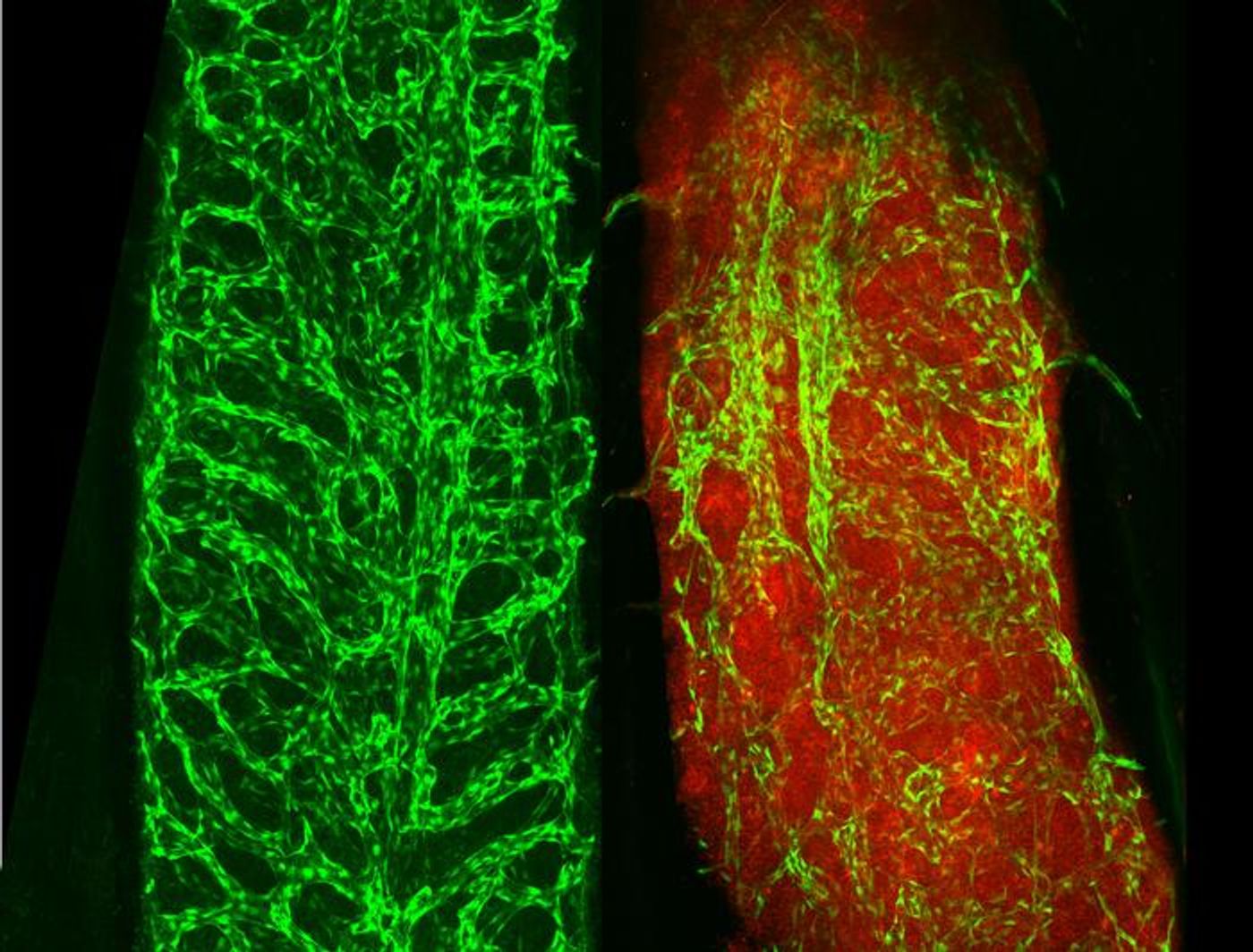Using Extracellular Vesicles as Biomarkers in Cancer Treatment
Cells have a variety of ways to communicate with one another. Extracellular vesicles are one example; they are little sacs that can work as a kind of messenger that send different stuff from one cell to another. They are particularly relevant when cells are experiencing stress or cell death. Researchers have been learning more about EVs, and a new study has suggested that they can be leveraged to monitor tissue damage that can occur in leukemia patients. The findings have been reported in Nature Communications.
EVs have often been studied by assessing cells that grow in culture, but in this study, the researchers analyzed EVs in the bone marrow of live mice. The investigators used high-resolution microscopy to look into bone marrow and observe the formation of EVs from blood vessels.
"No other study in the world has been able to achieve this so it's a huge win for Australia's scientific community," said first study author Dr. Georgia Atkin-Smith of the Walter and Eliza Hall Institute (WEHI).
The investigators determined that leukemia can damage blood vessels in blood marrow. In mice with severe damage in bone marrow blood vessels, there were abnormally high levels of EVs in their blood. This suggested that there is a connection between EVs in circulation and tissue damage that is caused by cancer, added Atkin-Smith.
While this connection has been hypothesized before, this research is the first to establish a link. "To have seen how the process of EV formation occurs with our own eyes after four years of research was an incredible moment," Dr. Atkin-Smith said.
The images that the team generated illuminated the formation of EVs in normal conditions, and during disease, which has "significantly advanced" what we know about EVs. "This has not only developed a new framework to study the formation of EVs in model organisms, but could inform new diagnostic tools to monitor the level of tissue damage observed during disease through a simple blood test. It's an incredibly exciting advancement," Atkin-Smith noted.
Now the scientists are determining whether EVs will work as a biomarker of tissue damage in patients with acute myeloid leukemia (AML) patients. They are hoping to create a test that can reveal how the disease is impacting healthy tissues in patients.
Sources: Walter and Eliza Hall Institute (WEHI), Nature Communications









